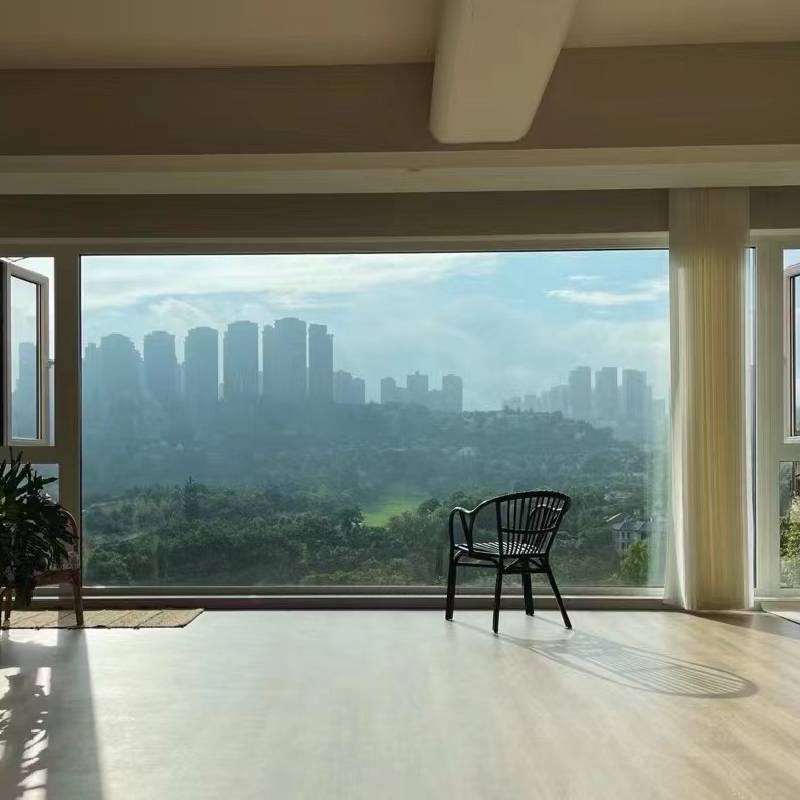

High Reflective Glass A Modern Marvel in Architecture and Design
In the world of architecture and design, glass is a prevalent material known for its ability to provide natural light, enhance aesthetics, and create a sense of openness. Among the various types of glass available, high reflective glass has gained particular popularity due to its unique properties and advantages. This article explores the characteristics, benefits, and applications of high reflective glass, illustrating why it is a favored choice for modern buildings and interior spaces.
High reflective glass is engineered to provide a higher level of reflectivity compared to standard glass. This capability is achieved through the application of metallic coatings on the glass surface, which not only enhances its reflective properties but also minimizes the amount of solar heat that penetrates the glass. As a result, high reflective glass functions effectively as a barrier against heat, making it an energy-efficient option for buildings situated in warm climates.
One of the primary advantages of high reflective glass is its ability to improve energy efficiency. By reflecting a significant portion of solar radiation, high reflective glass reduces the need for excessive air conditioning during hot weather. This energy-saving feature translates into lower utility bills for building owners and contributes to the overall sustainability of the structure. In an era where environmental concerns are paramount, the use of energy-efficient materials like high reflective glass plays a crucial role in reducing carbon footprints.
Aesthetic appeal is another major factor that makes high reflective glass a popular choice in architecture. The sleek, mirrored surface of the glass creates a modern and sophisticated look, allowing buildings to stand out while seamlessly blending into their surroundings. This reflective quality also offers a unique visual experience, as it can create interesting plays of light and reflection, enhancing the overall design of a structure. Architects often use high reflective glass to achieve a sense of harmony between the built environment and nature, as the glass reflects surrounding elements, including landscapes and cityscapes.

High reflective glass also provides enhanced privacy for occupants while maintaining visibility from inside. The reflective surface makes it difficult for outsiders to see into the building during daylight hours, allowing occupants to enjoy natural light without compromising their privacy. This feature is particularly beneficial for commercial buildings and offices where privacy is often a concern.
However, it is important to consider the potential downsides of high reflective glass. While it can provide excellent energy efficiency and aesthetics, it can also contribute to glare, which may be uncomfortable in certain environments. Additionally, the reflectivity of the glass can impact nearby structures and vehicles, potentially creating concerns for their occupants. To mitigate these issues, careful consideration of the building’s orientation and the surrounding environment is essential during the design phase.
High reflective glass has found widespread application across various sectors, from commercial skyscrapers to high-end residential properties. Many modern corporate offices utilize this glass to create a professional yet inviting atmosphere, while luxury homes incorporate it for a touch of elegance and sophistication. Furthermore, as advancements in technology continue to evolve, we can expect to see improvements in the performance of high reflective glass, leading to even more innovative uses in the future.
In conclusion, high reflective glass represents a significant advancement in building materials, combining energy efficiency, aesthetic appeal, and enhanced privacy. Its growing popularity among architects and designers is a testament to its versatility and value in modern construction. As sustainability remains a key focus in the industry, high reflective glass is likely to continue playing an integral role in shaping the skylines of tomorrow.